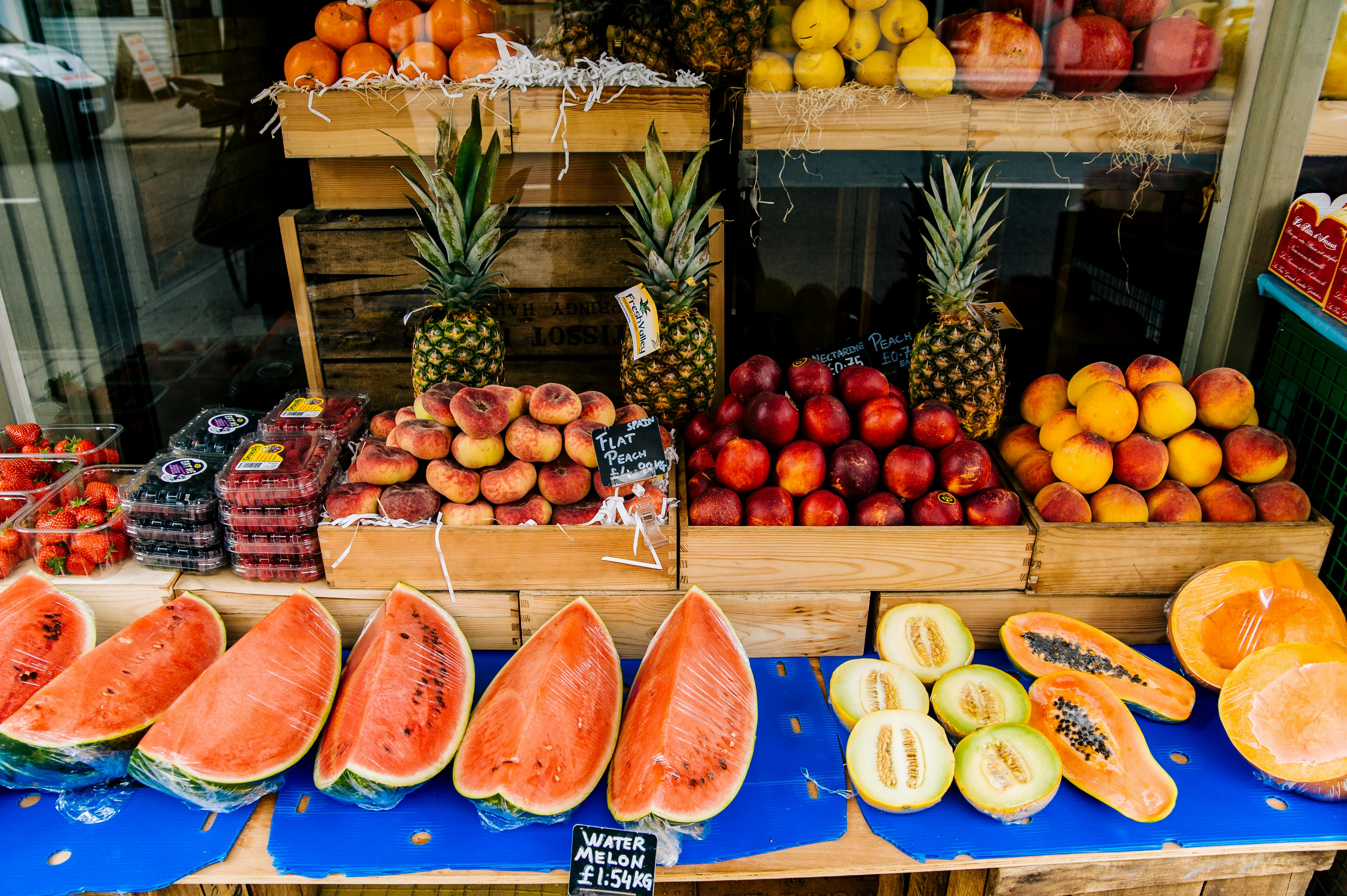Image optimization for SEO: best practices
Quality content is the key to SEO success. Content doesn’t just refer to the content of your text. Images should be an integral part of your content strategy. Sometimes individual images can be much more effective than your 1000 word blog post. It also helps you improve the quality and performance of your blog posts.
Images, infographics, videos, and all other multimedia content on your web page will help you increase user engagement on your site and make visitors stay on your site for longer, helping to reduce bounce rate.
Don’t just add images to your content, you should also optimize those images for better SEO performance. Image optimization should be an important aspect of your on-page SEO process.
If you are using images in your content, there are many SEO-related things to consider.
Relevance
Using images does not mean that you should fill your content with a lot of images. You should use it only when necessary and you should also use images that are more relevant to your content.
The placement of your images is another important aspect. It should be placed in a relevant location in your content according to your text content.
Use original images
Originality always helps improve your user experience and your authority. Using original images will be helpful to improve your SEO performance. You can create original images with a graphic designer or you can take your own photos with a quality camera. It is the reason why the top white hat SEO companies employ talented graphic designers to create quality images.
If you can’t hire an in-house graphic designer or you’re running out of time, you can always use high-quality images from the web. But the important factor to consider is that it should be copyright free.
There are many tools available to obtain royalty-free images at no cost. The most popular are Unsplash, Flicker, Freeimages.
Image size
Images are the main source to dampen the speed of your site. And site speed is a crucial factor in your SEO performance. Therefore, you need to be very careful when using images without compromising your page speed.
It shouldn’t affect the quality of your image either, it should have a correct balance between. You can achieve this by reducing the file size through compression. You can use tools like Photoshop for compression.
file name
Search engine crawlers have vision problems, they can even interrupt 5000 word text content, but they cannot interrupt a single image and what the image is about. It’s why using keyword-rich filenames for your images is an important aspect of image optimization.
Google bots and other search engine crawlers can read the filename of your image and if it is named with your target keyword it gives a signal to search engines about the subject of the image and thus Thus, it helps your SEO performance.
For example, if your image is related to the sale of athletic shoes, instead of using the file name as “IMG_89868”, you can use it as “Black_Tennis_Shoes”.
alternative text
Similar to the file name, search engines can read the alt text of images. Alternative text is known as “Alternative Text”, it is an HTML attribute that is used to describe the content of images.
You should use alt text that is relevant to your images and it should be clear and descriptive. You can use your target keywords in alt text, but be careful with keyword stuffing.
If you are not focusing on image optimization, you are missing a great opportunity to improve your SEO performance. You can use the best practices mentioned above in your on-page optimization process.
